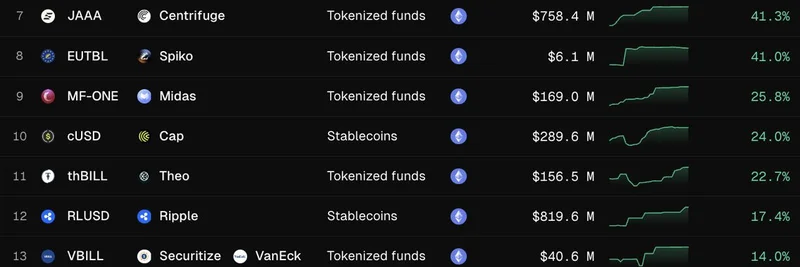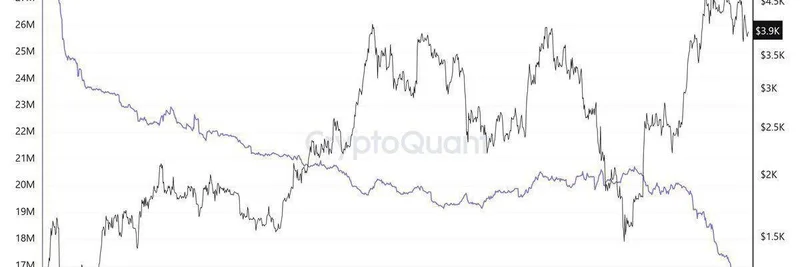In the fast-paced world of crypto, where meme tokens can skyrocket or crash in minutes, the underlying tech that powers these chains often gets overlooked. But a recent thread on X by mteam.eth, co-founder of Spire Labs, has spotlighted a crucial debate: Multiple Concurrent Proposers (MCP) versus slow rotating sequencers. This isn't just nerdy jargon—it's about how blockchains handle transactions faster, fairer, and more resistant to manipulation, which directly impacts meme token ecosystems on chains like Solana.
Let's break it down simply. In blockchain networks, a "sequencer" or "proposer" is like the traffic cop deciding the order of transactions. It bundles them into blocks and adds them to the chain. The traditional approach in many systems, like Ethereum's rollups or even Solana's leader rotation, involves rotating this role among validators. But if the rotation is "slow"—meaning the same proposer sticks around for longer periods—it can lead to bottlenecks, especially during high-traffic meme token launches or pumps.
On the flip side, MCP flips the script by allowing multiple proposers to work at the same time. Think of it as opening multiple checkout lanes at a busy store instead of just one. This setup, as discussed in research like the Multiple Concurrent Proposers paper on arXiv, promises better throughput (more transactions per second), stronger censorship resistance (harder for one bad actor to block trades), and real-time inclusion guarantees. No more waiting in line while a single sequencer decides your fate.
Why MCP Could Be a Game-Changer for Meme Tokens
Meme tokens thrive on hype and speed. On Solana, where low fees and quick blocks have made it a meme haven, the current rotating leader system works well but isn't perfect. During peak times, like a viral dog-themed token drop, delays can mean missed opportunities or frontrunning by bots extracting MEV (Maximal Extractable Value). MCP, as implemented in projects like Sei Network's Giga upgrade, addresses this by spreading the load. Multiple proposers mean faster confirmations and less chance of a single entity censoring your trade—crucial when every second counts in a pump-and-dump scenario.
Compare that to slow rotating sequencers, seen in setups like MegaETH's design, where a single active sequencer rotates globally. It aims for sub-millisecond latency but still relies on one proposer at a time, potentially creating single points of failure or slower tail-latency (the worst-case wait times). As one reply in the thread noted, MCP offers better tail-latency, while rotating might edge out in best-case speed. But for meme traders, consistency matters more than occasional bursts.
The Trade-Offs and What's at Stake
Of course, nothing's perfect. MCP introduces complexities, like how to merge blocks from multiple proposers without conflicts. Solutions like BRAID for Ethereum show it's doable, but it requires robust data dissemination layers to keep everything synced. On the MEV front, as explored in Sei Research's analysis, MCP could reduce harmful extraction by decentralizing the process, making it fairer for retail traders chasing the next big meme.
Slow rotating sequencers, meanwhile, are simpler to implement and might offer tighter block times in calm markets. But in a crypto world dominated by volatile memes, where chains like Solana host thousands of tokens, the risk of censorship or slowdowns could push users elsewhere. As Jay from Sei pointed out in the thread, MCP feels like a "step function improvement"—a big leap forward in performance.
Implications for Blockchain Practitioners and Meme Enthusiasts
If you're building or trading meme tokens, this debate isn't abstract. Chains adopting MCP could handle explosive growth better, reducing fees and delays that kill momentum. For instance, Sei's multi-proposer approach has already boosted its parallel execution, making it a contender against Solana for meme liquidity. MegaETH's rotation might appeal to those prioritizing raw speed, but at what cost to decentralization?
As the thread wraps up, it's clear this is crypto's quiet revolution. While everyone's chasing the next 100x meme, the real winners will be on chains that solve these sequencing puzzles. Keep an eye on projects like Sei and MegaETH—they're testing these ideas in real time. If MCP wins out, expect even wilder meme seasons ahead.



